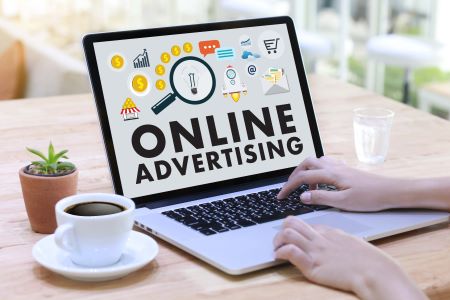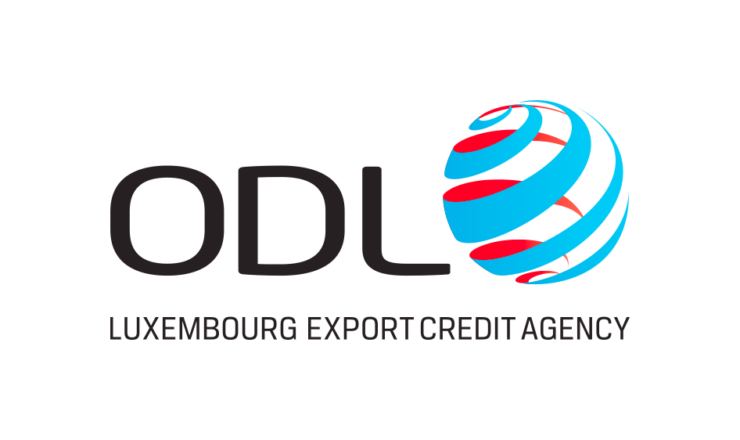Sponsored ads
-
333.25
billion $ forecasted for worldwide digital ad spending in 2019, a rise of 17.6%
-
50%
Digital will account for roughly half of the global ad market in 2020
-
333.25
billion $ forecasted for worldwide digital ad spending in 2019, a rise of 17.6%
-
50%
Digital will account for roughly half of the global ad market in 2020
Placing sponsored ads on the major social media platforms is an efficient and economical way of reaching the literally hundreds of millions if not billions of members worldwide. The well-known social media sites (Facebook, LinkedIn, YouTube, Instagram and Twitter) all offer sponsored ads features to their members and this is one of their main sources of revenue.
Sponsored ads can be used to increase sales, boost attendance at events, build awareness of your product or service and help move the prospect through the sales cycle.
Sponsored ads:
- perform better than typical display ads
- receive higher engagement rates
- generate higher consumer trust
Source: mediaradar.com
The ads can be set up from your social media business page via a Business account and are billed to a company credit card. Targeting by platform differs.
- On LinkedIn targeting is done via industry, company size, geography, job seniority and interest.
- On Facebook (and Instagram as Instagram was purchased by Facebook) via geography using keywords linked to job title, interests, city, personal situation etc. Instagram ads can be placed via your Facebook Ads Manager using similar targeting criteria.
You will be able to see upfront the expected reach, number of clicks and approximate cost. You can place the ads yourself or ask a local marketing agency to do it for you. By adding tracking pixels you can measure how successful the ads are and how many conversions they resulted in. You can also re-target visitors to your website who did not yet convert.




